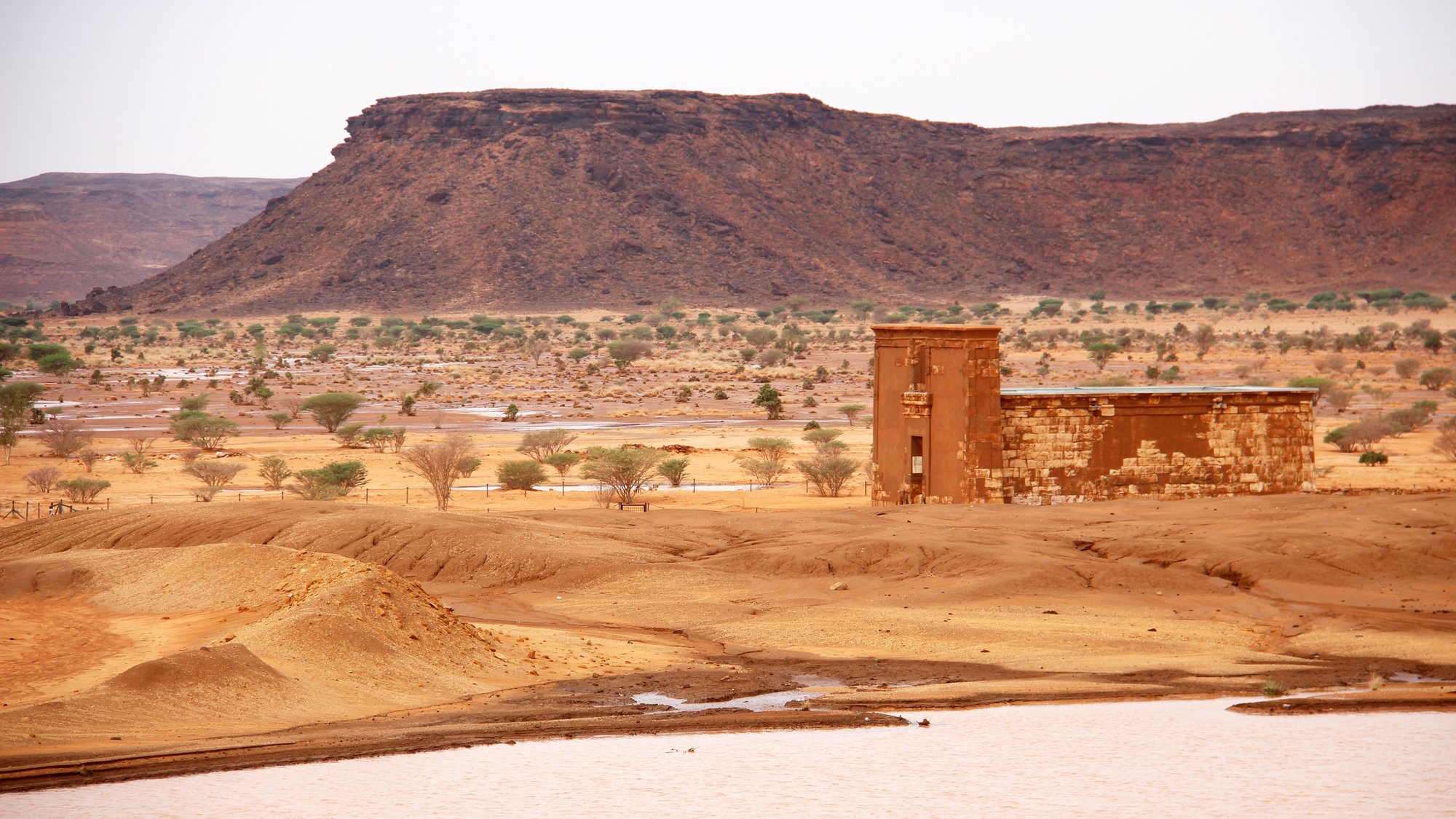Overview
Musawwarat es-Sufra harbours one of the most intriguing and best-preserved monumental archaeological sites in Sudan. Built in the hinterland of the Nile since the middle of the 1st millennium BCE and used until the 4th century CE, Musawwarat was one of the most important (indigenous) ceremonial sites in the Kingdom of Kush. Since the end of 2020, a cooperation and qualification project at the Commission for Archaeology of Non-European Cultures (KAAK) has been researching the valley of Musawwarat using multisensory and spatial approaches. The project is based on archival excavation data, new object studies in collections and field research on site. It aims to better understand how the site of Musawwarat was built, modified and maintained, and how it was used and experienced both in everyday life and during extraordinary events such as major festivals.
In a three-stage spatial and multisensory analysis, the project interrogates 1) the valley of Musawwarat as the landscape framework of building and cult activity, 2) the individual built structures and 3) the objects found there in their spatial, functional, symbolic and sensory relationships. One focus is on sensory effects achieved, for example, through the placement of the buildings in the valley of Musawwarat or through specific architectural solutions, such as directing gaze or movement, the interplay of light, shadow and darkness, the choice of specific materials, colours and haptic properties of building materials and (cult) objects, or the use of sound properties. These choices will have influenced the way construction, provisioning, maintenance and ceremonial practices were experienced, understood and remembered at Musawwarat.

